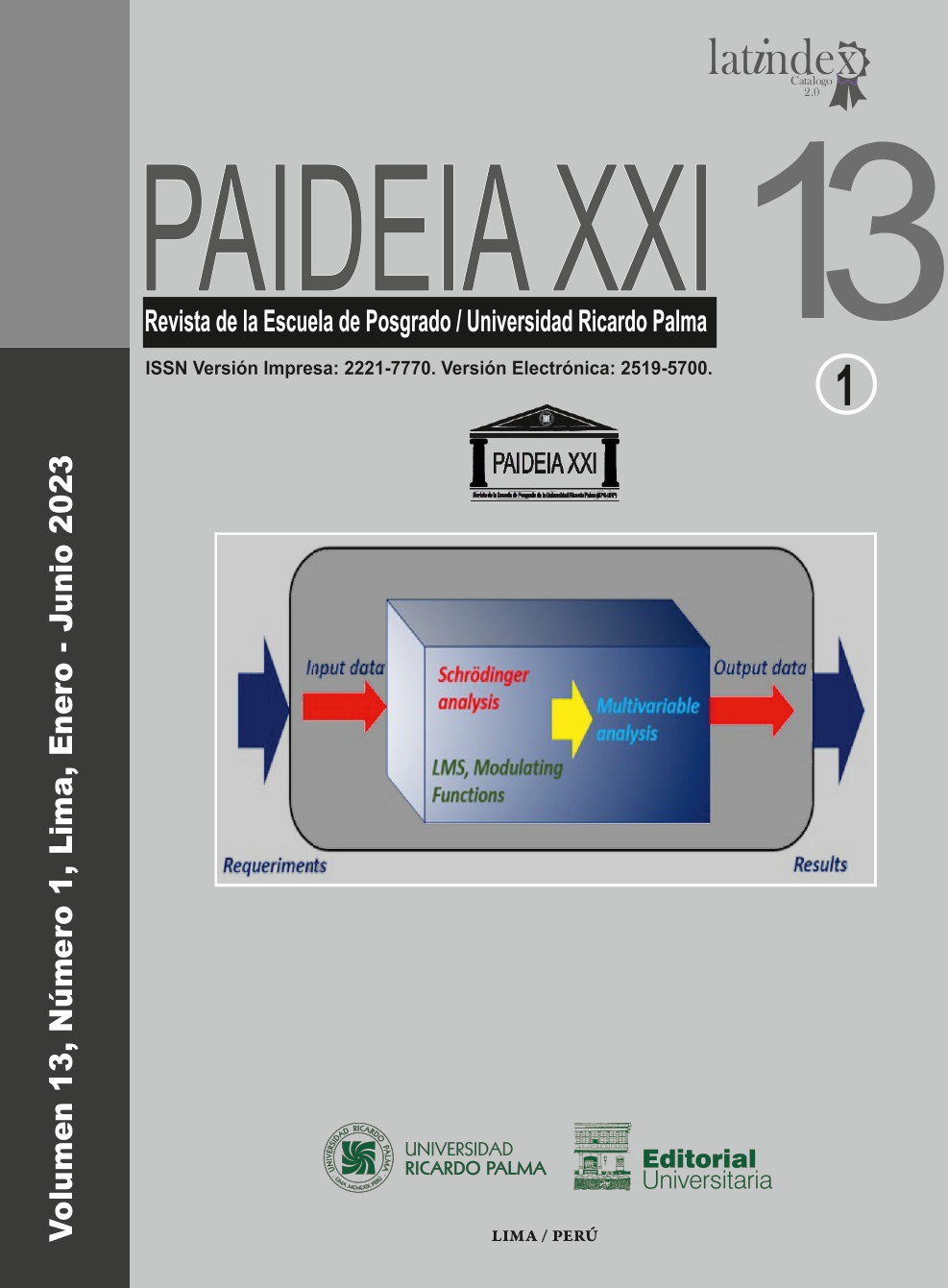Environmental cost of the biodegradable transformation coefficient in oxidation pond effluents, Ica, Peru
DOI:
https://doi.org/10.31381/paideia.v13i1.5702Keywords:
management, oxidation lagoon, urban treatment, wastewaterAbstract
The objective of the study was to describe the environmental cost of the biodegradable transformation coefficient in effluents from oxidation ponds, Ica, Peru. In January and February 2023, effluents from the oxidation ponds of Angostura Limón, Yaurilla and Pueblo Nuevo were sampled. Biochemical oxygen demand (BOD5.20) and chemical oxygen demand (COD) were determined where the concentrations were compared with the maximum permissible limit of Supreme Decree 004-2017 MINAM - Peru. With the data, the environmental cost was estimated by a quotient between the cost of assessment (COA) and the regulatory prevention cost (CONP). The values were BOD5.20 = 203.1 mg.L-1 and COD = 405.0 (Angostura Limón), BOD5.20 = 273.1 mg.L-1 and COD = 450.8 mg.L-1 (Yaurilla) and BOD5.20 = 366.5 mg.L-1 and COD = 628.0 mg.L-1 (Pueblo Nuevo). The environmental cost was equal to 0. The BOD5.20 and COD values exceeded the normative permissible limit: 5.0 mg.L-1 (BOD5.20) and 20.0 mg.L-1 (COD) because there was a high content of organic matter that did not biodegrade before the partial oxygen concentrations. The effluents are shown as a resource of limiting value. It is concluded that the concentrations of BOD5.20 indicated that there was biodegradability in the oxidation ponds, but the content of organic matter is high where the retention time for its degradation is insufficient and this dynamic influences the limitation of the use of the effluents because their treatment was not adequate.












